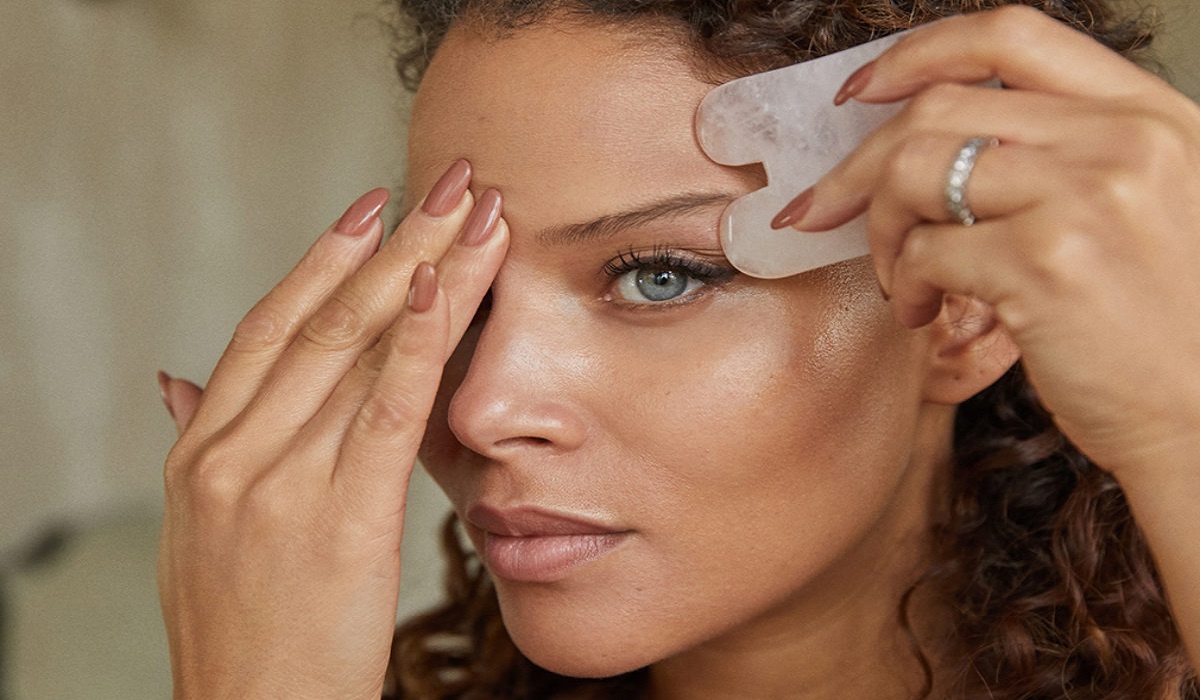
Salicylic acid is a type of beta-hydroxy acid that is commonly used in skincare products to treat various skin conditions, including acne, blackheads, and whiteheads. It works by penetrating deep into the pores to dissolve and exfoliate dead skin cells, oil, and other impurities, thereby preventing clogged pores and reducing inflammation. In this article, we will discuss the benefits and risks of using salicylic acid for skincare routine.
Benefits of Salicylic Acid for Skincare Routine
Acne Treatment
Salicylic acid is one of the most effective ingredients for treating acne. It helps to unclog pores by removing dead skin cells, excess oil, and other impurities, thereby reducing the occurrence of acne. Salicylic acid also has anti-inflammatory properties that help to reduce redness and swelling associated with acne.
Blackhead and Whitehead Treatment
Blackheads and whiteheads are caused by clogged pores. Salicylic acid helps to penetrate deep into the pores and dissolve the impurities that cause these types of blemishes. Regular use of salicylic acid can help to prevent the formation of blackheads and whiteheads.
Exfoliation
Salicylic acid is a natural exfoliant that helps to remove dead skin cells, leaving the skin looking brighter and smoother. It also helps to stimulate cell renewal, which can improve the texture and tone of the skin.
Anti-aging Benefits
Salicylic acid can help to reduce the appearance of fine lines and wrinkles. It works by stimulating collagen production, which helps to improve the elasticity and firmness of the skin.
Reduces the Appearance of Pores
Salicylic acid can help to reduce the appearance of pores by unclogging them and removing excess oil and impurities. This can help to make the skin look smoother and more even.
Risks of Salicylic Acid for Skincare Routine
Skin Irritation
Salicylic acid can cause skin irritation, especially if used in high concentrations or if you have sensitive skin. Symptoms of skin irritation may include redness, itching, and burning. It is important to start with a low concentration and gradually increase as tolerated.
Dryness and Peeling
Salicylic acid can cause dryness and peeling, especially if used in high concentrations or if you have dry or sensitive skin. It is important to use a moisturizer after applying salicylic acid to prevent dryness and peeling.
Sun Sensitivity
Salicylic acid can make the skin more sensitive to the sun. It is important to use a sunscreen with a high SPF when using salicylic acid.
Pregnancy and Breastfeeding
Salicylic acid should be avoided during pregnancy and breastfeeding. There is a risk of harm to the developing fetus or infant.

How to Use Salicylic Acid for Skincare Routine
Start with a low concentration: If you are new to salicylic acid, it is important to start with a low concentration and gradually increase as tolerated. A concentration of 0.5% to 2% is usually effective for most people.
Use it once or twice a week: Salicylic acid should be used once or twice a week, depending on your skin type and the concentration of the product.
Use it at night: Salicylic acid can make the skin more sensitive to the sun, so it is best to use it at night. This will give your skin time to recover before you go outside.
Use a moisturizer: Salicylic acid can cause dryness and peeling, so it is important to use a moisturizer after applying salicy.
Cleanse your skin first: Before applying salicylic acid, make sure to cleanse your skin thoroughly to remove any dirt, oil, or makeup.
Apply a thin layer: Apply a thin layer of salicylic acid to the affected areas of your skin. Avoid applying it to any areas that are not affected by acne or other skin conditions.
Let it dry: Allow the salicylic acid to dry completely before applying any other skincare products or makeup.
Use it consistently: For best results, use salicylic acid consistently as part of your daily skincare routine. It may take several weeks to see noticeable improvements in your skin.
Don’t overdo it: Avoid using too much salicylic acid, as this can irritate your skin and cause dryness and peeling. Follow the instructions on the product label and use only as directed.
Use with caution: If you have sensitive skin or are prone to allergic reactions, it is important to use salicylic acid with caution. Start with a low concentration and test a small area of your skin before applying it to your entire face.
Salicylic acid is a highly effective ingredient for treating acne, blackheads, and whiteheads. It also has anti-aging benefits and can help to reduce the appearance of pores. However, it can cause skin irritation, dryness, and peeling, and should be used with caution. It is important to start with a low concentration and gradually increase as tolerated, use it once or twice a week, and use a moisturizer to prevent dryness and peeling. If you experience any adverse reactions, stop using salicylic acid and consult a dermatologist.








